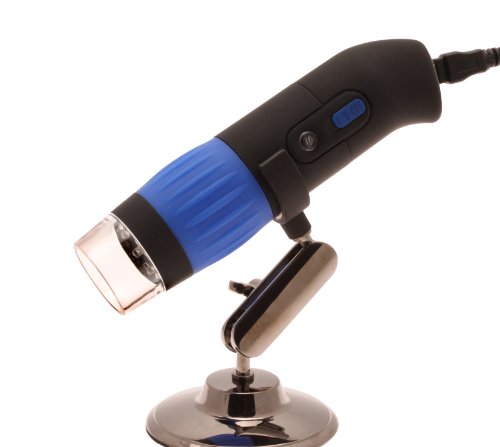Olympus is a firm that focuses on manufacturing optics and reprography products. It is originally from Japan and operates in some regions such as United States and Europe. Established on 1919, it artificial microscope and thermometer at its starting of operation. The infer why this firm uses name "Olympus" as its name and brand is because the founder, Takachiho Seisakusho, believe that this name is able in reflecting the strong desires in creating high quality world-class products.
Since 1936, it began to fabricate its first camera and lens. The first camera is introduced as Semi-Olympus I. Other models that also became one of several first products that it introduced was Camera Pen Models series. This camera was launched in 1959 which featured with half-frame format that enabled it to capture 72 pictures of 18 x 24 mm format with a approved f 36 exposure roll of film. It was noted for its compact and transportable design. This camera team inventor, Yoshihisa Maitani, then industrialized a system called Om system. This system offers a full 35 mm Slr system of frame expert and was said able to compete with world-class cameras fellowships such as Nikon and Cannon. The system also introduced a more compact cameras and lenses that were smaller than any other cameras in this era, and it came with off-the-film (Otf) feature.
Olympus Light Microscope
Today, Olympus has become the leader of digital cameras industry by introducing a Four-Thirds system approved that is implemented for designing and developing digital single-lens reflex camera. This system was introducing a consumer-grade digital Slr on order to featuring live preview and became the approved of most Dslr makers. It recent cameras are now compatible with regain Digital (Sd) card format and comes with compact range and compact flash. Olympus's most recent development in cameras system is Micro Four Third system.
Today, Olympus has launched its most recent cameras model series such as Olympus E5 and Olympus E30 that comes with excellent features. Its E5 series come with capabilities such as Four Thirds Digital Slr, 12.3-megapixel sensor, 3-inch 920K-dot Lcd, and is very easy to use. It is able to produce excellent pictures results and with its very light weight, population are able to bring it around. Olympus is also decreasing the overlying optical drive through low pas filter that prevents moiré artifacts and false color in its photo results. This camera series from Olympus has bring the digital camera industry to an even develop level of competition.
Olympus, the Leader in Digital Camera industryTags : Measurement Guide wd media player














